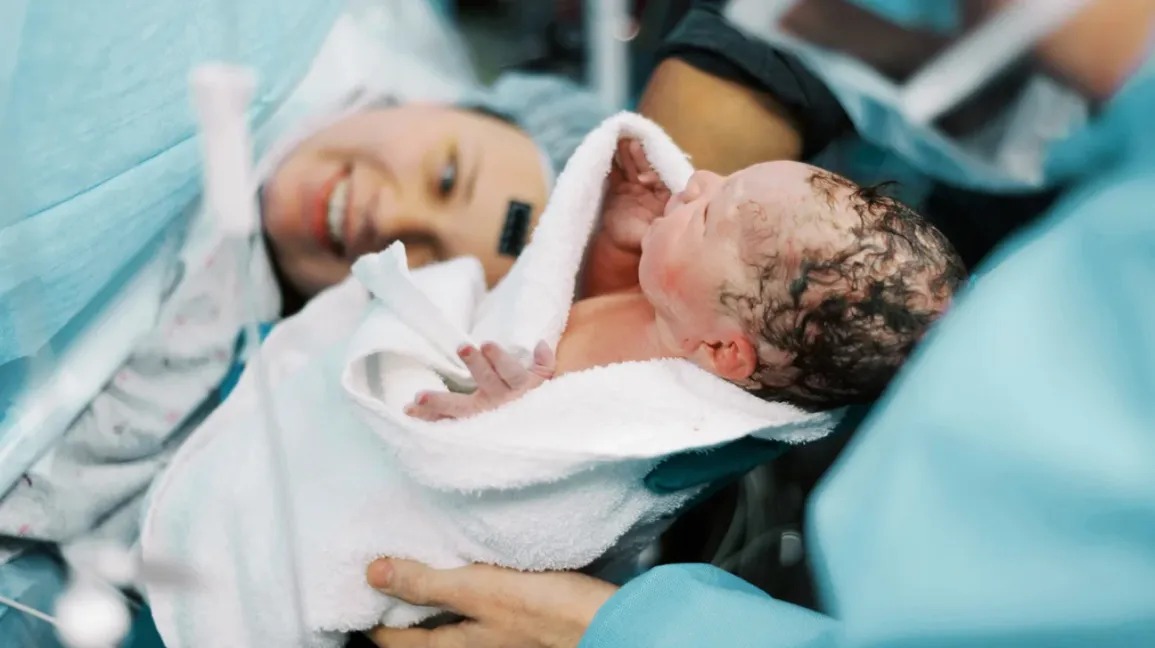 Image Source: Healthline
Image Source: Healthline
For most expecting mothers, a cesarean section (C-section) hangs over the horizon-sometimes as a scheduled procedure, sometimes as a desperate, life-or-death measure. Becoming aware of the important distinctions between elective and emergency C-sections can make mothers more informed and better prepared for surprises.
Elective C-Section: The Planned Route
An elective C-section, sometimes referred to as a planned or scheduled C-section, is a surgical delivery that is planned in advance, usually before labor starts. This option is frequently selected for numerous reasons: prior C-section, some maternal medical conditions, breech presentation, or simply maternal choice. Control-everything from timing to the surgery team and preoperative preparations is meticulously managed with an elective C-section.
In an elective process, mothers are typically awake during epidural or spinal anesthesia so that they might feel the process of birth with minimal pain. The controlled nature implies that the medical personnel can better predict and handle risks. Evidence indicates that elective C-sections have fewer maternal and perinatal complications than emergency ones. There's reduced risk of operative complications, and mothers generally suffer less intraoperative blood loss and infection. Babies also enjoy the planned procedure, with less risk of trauma and oxygen deficiency during delivery.
Nonetheless, elective C-sections do have their downsides. Recovery takes longer than in vaginal delivery, with hospital stays lasting as long as five days. There's also an increased risk of needing repeat C-sections during subsequent pregnancies, and the dangers of major surgery-such as infection, blood clots, and reaction to anesthesia-are still there.
Emergency C-Section: The Urgency Factor
In sharp contrast, an emergency C-section is done when unexpected complications occur during labor, which endanger the mother's or child's health or life. These emergencies may consist of fetal distress, arrested labor, placental abruption, umbilical cord prolapse, or abrupt maternal medical crises such as hypertension or rupture of the uterus. The characteristic element here is urgency-decisions are made in minutes, and the medical staff works against time to save the life of both mother and child.
In crisis, not much time is available for planning. General anesthesia is sometimes employed for expediency, and the dangers of surgical complications rise. Mothers who receive emergency C-sections have higher incidence rates of infection, blood loss, and damage to surrounding organs. The stress of the moment can also affect recovery, with mothers having longer recovery times and a greater chance of wound complications.
For infants, emergency C-sections are lifesaving but have their own risks. Quick delivery is sometimes needed if the infant is oxygen-starved, but the rushed nature of the procedure raises the risk of breathing problems and other birth complications.
Comparing Outcomes: What the Research Shows
Numerous studies point up the contrast in outcomes between elective and urgent C-sections. Elective operations always have better maternal and neonatal outcomes, mostly due to being performed under optimal conditions with complete preparation and experienced personnel available. Emergency C-sections, by definition, are riskier-one study documented intraoperative complications in more than 11% of emergency situations, while much lower percentages were observed in elective surgeries.
Key Considerations for Expectant Mothers
Preparation is Power: Frequent antenatal checkups and honest communication with your healthcare team can catch risks early and minimize the likelihood of requiring an emergency C-section.
Know Your Options: Ask your doctor about the possibility of both elective and emergency C-sections, particularly if you have risk factors like multiple C-sections, certain medical conditions, or a high-risk pregnancy.
Recovery Matters: Whether elective or emergency, C-sections need time to recover. Home support and good post-op care are necessary for easy recovery.
The Bottom Line
Despite the fact that both elective and emergent C-sections are safe and effective when medically necessary, elective procedures tend to provide better results for mothers and infants. Emergencies do strike unexpectedly, though, making it crucial for mothers to be aware, prepared, and supported throughout their pregnancy.
Source: Healthline, Cleveland Clinic, International Journal of Reproduction, Contraception, Obstetrics and Gynecology
Advertisement
Advertisement





